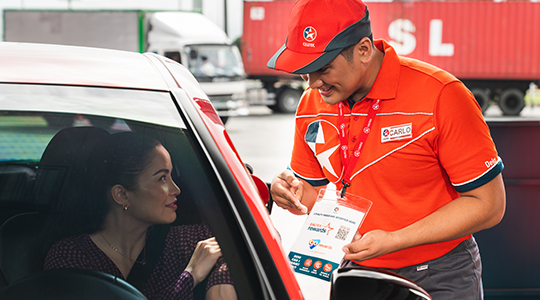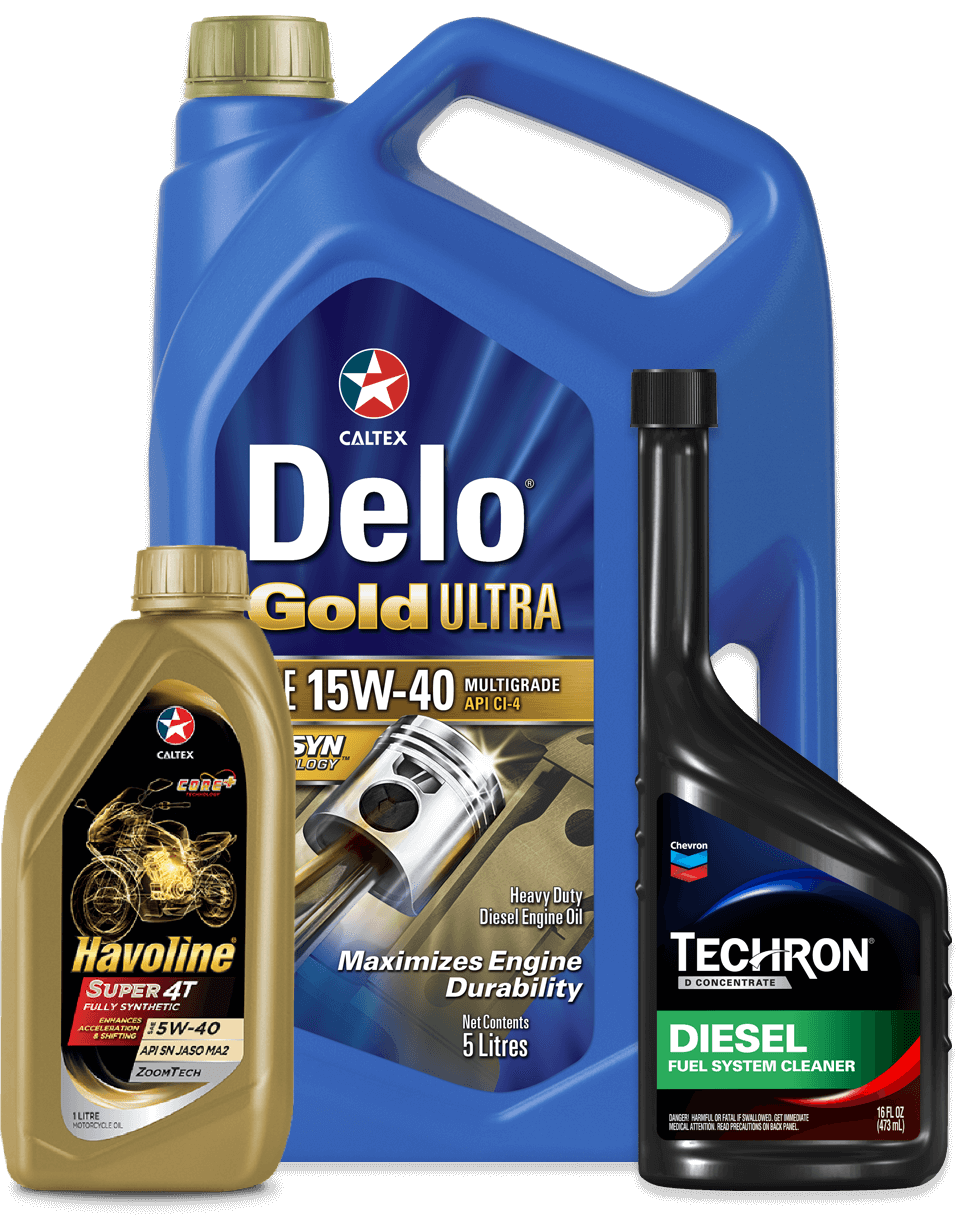Proper coolant system maintenance is critical to the long-term health and performance of your equipment, whether that’s an on- or off-highway vehicle or a piece of heavy-duty stationary industrial equipment. And one of the most important considerations in maintaining a coolant system is the coolant or antifreeze itself – that is, ensuring you have the right balance between water and glycol (the heat transfer agent) to mitigate the risk of freezing or boiling over.
Whenever you have binary liquids – in the case of a coolant, de-ionized or distilled water and either ethylene or propylene glycol– the mixture of the two will determine the freeze point. Water alone, as most people recall from their science classes, will freeze at 0o Celsius (32oF) and boil at 100oC (212oF) However, a standard 50/50 mix of water and glycol will lower the freeze point to -37oC (-35oF) and raise the boiling point to 106oC (223oF). A mixture of 60% ethylene glycol and 40% water will push the freeze point even lower, to -45oC (-49oF), and the boiling point to around 127oC (260oF). Variations in radiator cap pressure also influence the boiling point.
In order to ensure your coolant has the optimal freeze and boiling point for your geography, seasonality and operating conditions, it’s important to know and maintain the concentration of ethylene glycol in your coolant system. Refractometers and hydrometers are the tools used to help determine glycol concentration. The hydrometer is more commonly used by service mechanics, though a refractometer is more precise and can be used to measure both ethylene and propylene glycol concentrations.
The limitation of both these instruments is that they only tell you your current concentration of glycol relative to water. Figuring out how much glycol or water to add or drain off to achieve your optimal freeze or boiling point usually involves a bit of trial and error, changing the concentration by adding or draining fluid, then retesting until you get it right. We offer a Coolant Maintenance Kit that includes charts that can help take some of the guesswork out of this this process.
Wouldn’t it be cool (no pun intended) if there was a mobile app for calculating the right concentration of glycol to reach the desired freeze point? Imagine that you could simply input your refractometer findings, the freeze point goal and the volume of your coolant system right on your smartphone, and get a precise reading as to how much water or glycol to add or drain, eliminating all the trial-and-error and guesswork. Stay tuned – we are working on just such a concept. In the meantime, take advantage of the tools and resources at hand to ensure you are striking the right antifreeze balance to protect your equipment.
Proper coolant system maintenance is critical to the long-term health and performance of your equipment, whether that’s an on- or off-highway vehicle or a piece of heavy-duty stationary industrial equipment. And one of the most important considerations in maintaining a coolant system is the coolant or antifreeze itself – that is, ensuring you have the right balance between water and glycol (the heat transfer agent) to mitigate the risk of freezing or boiling over.
Whenever you have binary liquids – in the case of a coolant, de-ionized or distilled water and either ethylene or propylene glycol– the mixture of the two will determine the freeze point. Water alone, as most people recall from their science classes, will freeze at 0o Celsius (32oF) and boil at 100oC (212oF) However, a standard 50/50 mix of water and glycol will lower the freeze point to -37oC (-35oF) and raise the boiling point to 106oC (223oF). A mixture of 60% ethylene glycol and 40% water will push the freeze point even lower, to -45oC (-49oF), and the boiling point to around 127oC (260oF). Variations in radiator cap pressure also influence the boiling point.
In order to ensure your coolant has the optimal freeze and boiling point for your geography, seasonality and operating conditions, it’s important to know and maintain the concentration of ethylene glycol in your coolant system. Refractometers and hydrometers are the tools used to help determine glycol concentration. The hydrometer is more commonly used by service mechanics, though a refractometer is more precise and can be used to measure both ethylene and propylene glycol concentrations.
The limitation of both these instruments is that they only tell you your current concentration of glycol relative to water. Figuring out how much glycol or water to add or drain off to achieve your optimal freeze or boiling point usually involves a bit of trial and error, changing the concentration by adding or draining fluid, then retesting until you get it right. We offer a Coolant Maintenance Kit that includes charts that can help take some of the guesswork out of this this process.
Wouldn’t it be cool (no pun intended) if there was a mobile app for calculating the right concentration of glycol to reach the desired freeze point? Imagine that you could simply input your refractometer findings, the freeze point goal and the volume of your coolant system right on your smartphone, and get a precise reading as to how much water or glycol to add or drain, eliminating all the trial-and-error and guesswork. Stay tuned – we are working on just such a concept. In the meantime, take advantage of the tools and resources at hand to ensure you are striking the right antifreeze balance to protect your equipment.

About Author
With over 35 years in the oil and gas industry, Dan Holdmeyer has worked for Chevron the past 14 years, serving in a variety of capacities with the company in addition to his current post as Industrial and Coolants Brand Manager where he works as a lubrication engineer that supports Chevron Delo and other related lubricants brands. He plays an integral role in supporting and managing a variety of programs related to off-highway and on-highway lubrication needs. Dan also works as Chevron’s Training Specialist for their Global Lubricants division since joining the company. Prior to joining Chevron, Dan worked as a Field Engineer at Mobil Oil Corporation for 20 years (1979-99) after graduating from the University of Missouri-Columbia with a Bachelor of Science in Chemical Engineering.
ARTICLES FOR YOU
ARTICLES FOR YOU
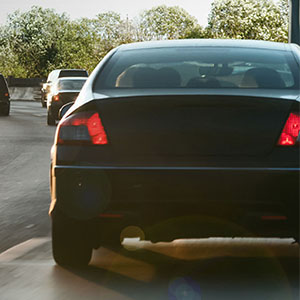
Trends in Passenger Car Motor Oils: Evolving Engine Technology Driving Change
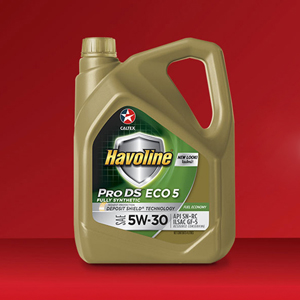
GM’s dexos1™ PCMO Specification Knowledge
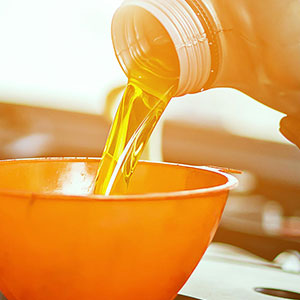
How Synthetic Oils Are Helping Cars Last Longer

Synthetic Oils Are The Wave Of The Future For Passenger Cars
Need more assistance?
Begin your journey towards world class products and services with Caltex.





